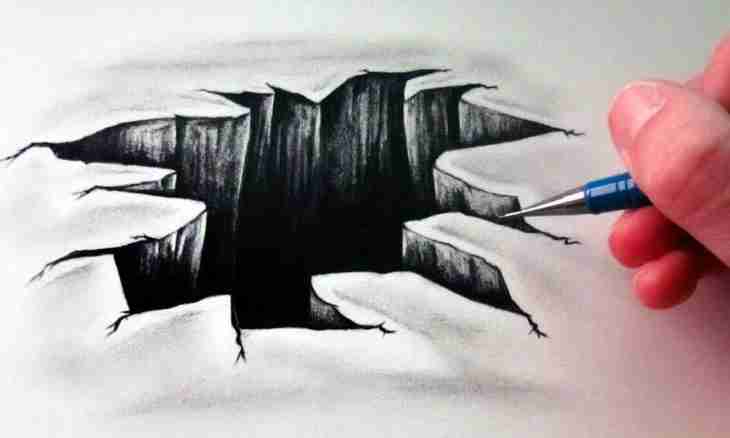The main objective of any drawing is to give the most exact idea of the objects represented on it. By means of orthogonal projections of this purpose alone not to achieve therefore state standards provided versions of the volume image. A dimetric projection — one of them. Dimetriya can be frontal or rectangular.
It is required to you
- - drawing accessories:
- - paper;
Instruction
1. Define the provision of axes of a natural system of coordinates. Put a point of intersection of axes and designate it as O. Provedite from it a vertical beam up. It will be axis Z. Through the same point draw a horizontal line, but do not designate it in any way, it is necessary as auxiliary.
2. Unlike an isometric projection, corners between axes are not equal in a dimetriya. The point About is top of all three corners. Postpone in this point from the horizontal piece going to the left, 7 °11'. Carry out through a point About and this new point a beam and designate it as X. From the horizontal piece going to the right postpone 41 °25'. It will be axis Y. Such arrangement of axes is applied in a rectangular dimetric projection.
3. In a dimetric projection the real and provided distortion coefficients are applied. Unlike an isometric projection where such coefficients are identical on all axes, in a dimetriya they are different. The real coefficient on axis U is equal in a rectangular dimetric projection 0.47, and on X and Z – 0. 94. However in practice almost never use real coefficients as state standards recommend application of the provided coefficients. They are equal 0.5 and 1 respectively.
4. For creation of a frontal dimetriya likewise define the provision of a starting point Oh, draw a vertical axis of OZ and draw in both parties from it horizontal lines. The provision of axes H and U will be other. For axis U postpone a corner in 45 ° or 30 °. Axis X is located horizontally. Consider distortion coefficients. In this case the provided coefficients on axes X and Z will be equal 1, and on axis U — 0, 5.
5. Calculate the object sizes which need to be postponed on all axes. Consider distortion coefficients. For calculations it is better to make a sketch on the draft copy that there was an opportunity to execute additional constructions and to make the necessary calculations by means of trigonometrical functions. Postpone the received sizes on all three axes.
6. Draw projections of circles. In a dimetriya, as well as in an isometry, they look as ellipses. The ellipse has big and small diameters. Between them and the actual diameter of a circle there is a certain communication. To calculate a big axis of an ellipse, it is necessary to increase diameter of a circle by 1.06. For calculation of a small axis increase the same size by 0.35.

